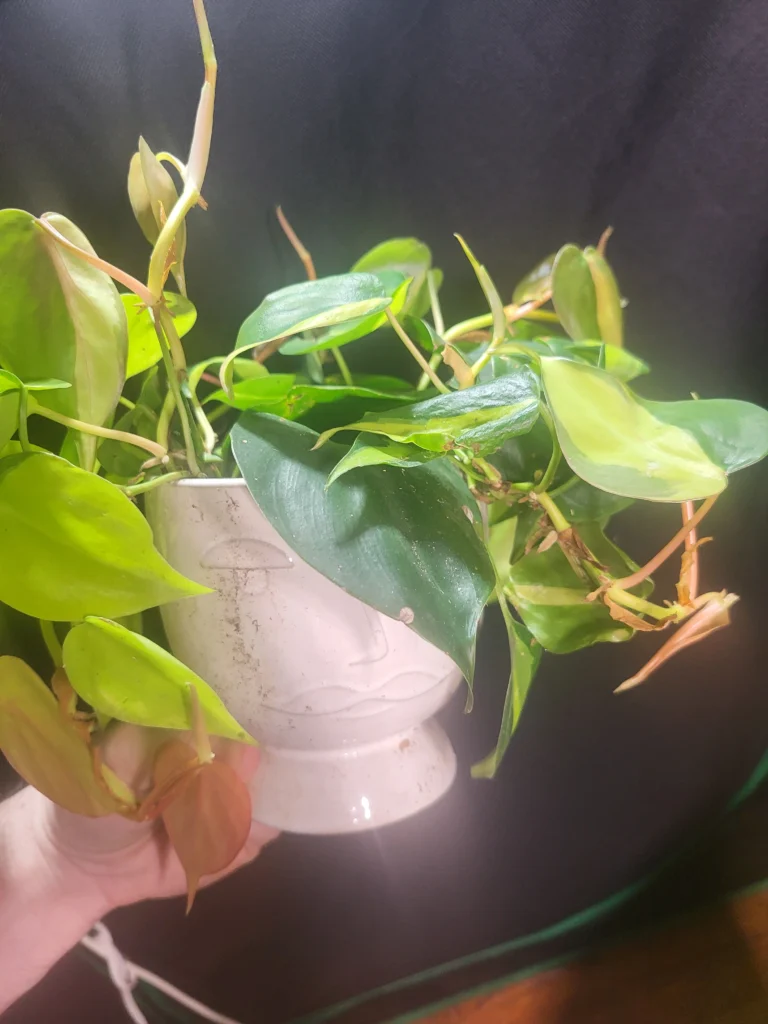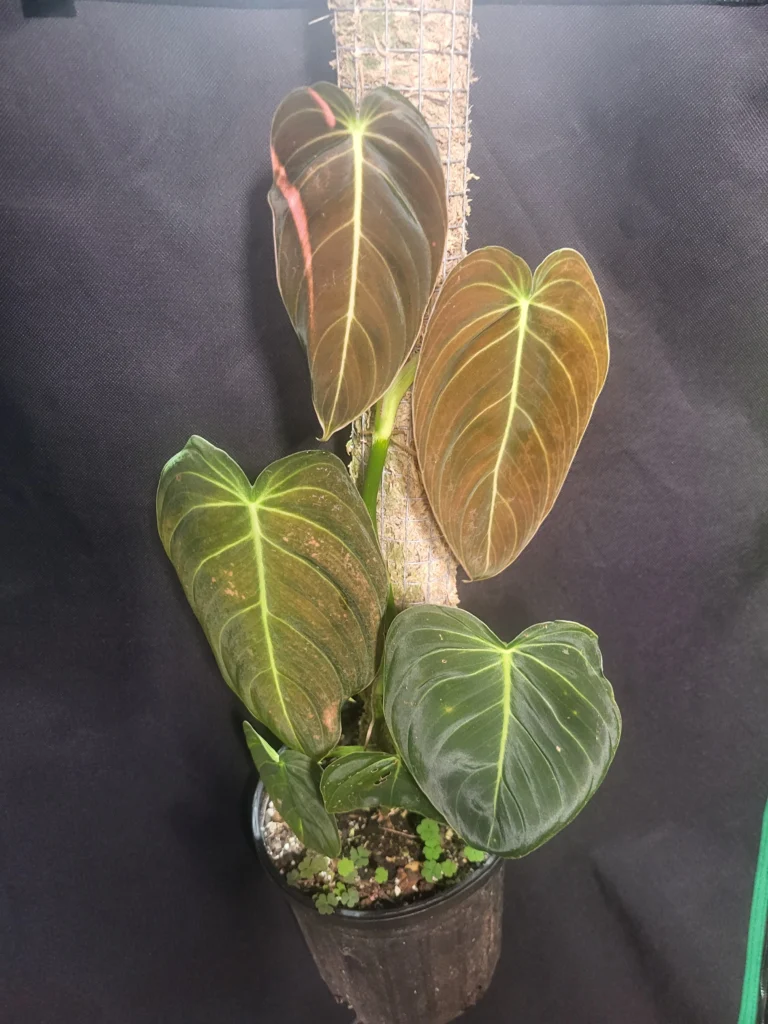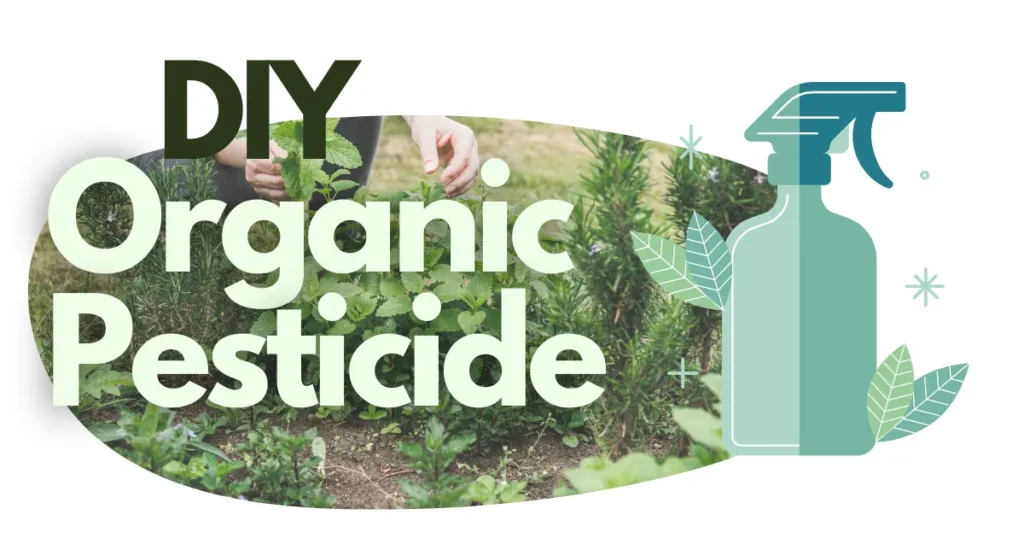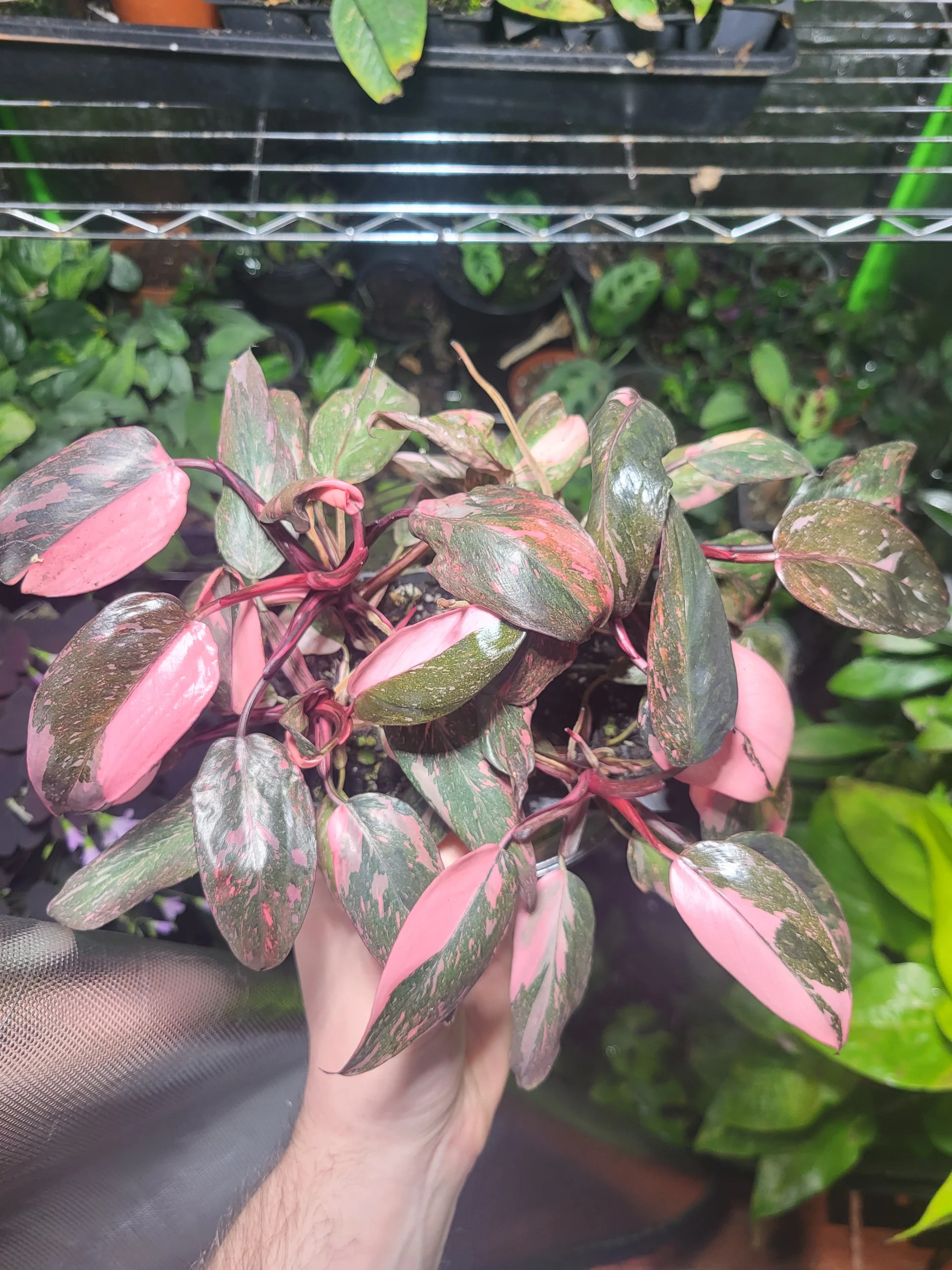Nick Knows Gardening: Native Plant Knowledge and Gardening Tips from a Rutherford County, NC Native
About Nick
Nick, a Native of Rutherford County, NC knows and loves all that is “Plants”. At 22 years old he has a profound knowledge of gardening, botany and agriculture. He is currently attending the University of North Carolina at Charlotte for Earth and Environmental Science, and has been one with nature since a very young age. He indulges in roaming his grandmother’s land in Mooresboro, NC looking for new plants to propagate, cool rocks to collect and creepy crawly bugs to inspect.
Nick has a fondness for all that is nature, and through his presence you can tell he is one with it! He spends weekends in his yard, where you would expect him to be. There you will find him in the company of his loving and beautiful “Good Boy, Lucian” a Cane Corso mix. Both enjoy beautiful days filled with sun!
A Passion For Plants
After attending school and work, Nick is back at it! He waters and prunes all his indoor and outdoor plants. He also has an awesome green house to help his plants get through those colder months.
Like Nick states, “these are his babies!” He currently possesses a variety of indoor species from the Epipremnum, Monstera, and Philodendron genus’ and outdoor plants like blueberries, roses and rosemary. His most prized plant is the philodendron pink princess.
Nick regularly attends local nurseries and farmers markets looking for a new beauty to add to his collection. He clearly has a love of the earth and all that comes from it. I don’t think you would hear him call this a hobby, to Nick this is more of a passion.
Nick has many interests, and as young man continues to educate himself and dabble in new things like cooking, baking & fishing. Nick is truly loved by all in his community!
I had the opportunity to admire a couple of Nick’s favorite plants and ask a few questions about incorporating Western North Carolina native plants into my own garden.
Read our interview below for helpful advice on native planting from Nick:

“What are some tips when prepping your garden bed?”
I would say not all herbs and veggies can thrive in dense red clay. It’s important to have a balance between water retention and nutrition. This can be achieved by amending your plot with plenty of compost. This organic matter will be decomposed via microbes in the soil. Avoid working with soil when it’s too wet as it can get compacted. It is also good to use a crumbly texture that holds together but doesn’t clump.
Here in the Carolinas our soil is particularly heavy clay so raised beds will offer better drainage and easier control over soil quality. If you don’t want to build your own raised garden beds to fix your soil, if it indeed has poor drainag, just add sand or rock to improve water movement. Once you have prepared your soil, let it rest for a week or two before planting if you can. This allows amendments to settle and integrate into the soil.
“What is an easy way to discover what plants to grow in your region/climate?”
I would make sure to research your region’s climate, including average rainfall, temperature, and humidity. Plants that are native to your climate will generally perform better. You can check online resources, such as local gardening websites, for specific climate information or stop by your local nursery. Here are some local resources I would suggest NC Cooperative Extension, North Carolina Native Plant Society.
Examples of some plants that do well in Western North Carolina:
- Rhododendron – The native varieties, like Catawba rhododendron, thrive in the acidic soil and provide gorgeous spring blooms.
- Mountain Laurel (Kalmia latifolia) – Another shrub that does well in the region, with beautiful pink to white blooms in late spring.
- Azaleas – Many varieties of native azaleas, including the Flame Azalea, flourish here.
- Wild Ginger (Asarum canadense) – A native groundcover that thrives in the shade of forested areas.
- Blueberries – The acidic soils in Western NC are perfect for blueberries, and they thrive in this region
- Eastern Redbud (Cercis canadensis) – A small tree that produces beautiful pink flowers in early spring.
- Carolina Jessamine (Gelsemium sempervirens) – A fragrant, evergreen vine that produces yellow flowers in the spring.
- Mountain Laurel (Kalmia latifolia) – A flowering shrub with showy pink and white blooms, often seen in the foothills.
- Black-eyed Susan (Rudbeckia hirta) – A bright, cheerful perennial that attracts pollinators.
- Trillium (Trillium spp.) – Known for its three-petaled white flowers, these are often found in the rich soils of the mountain forests.
- Eastern Hemlock (Tsuga canadensis) – A coniferous tree that is a significant part of the mountain forests.
- Wild Geranium (Geranium maculatum) – A native perennial with purple flowers that grow well in shady, wooded areas.

“How can I attract beneficial insects like bees and butterflies?”
I would suggest planting native plants as they are essential. Native plants provide the food and habitat that local butterfly species & bees need to survive. What is even cooler, if you plant enough, you may even catch sight of a Hummingbird. Also, Butterflies need water to drink. You can add a puddling station with sand, rocks, and water where butterflies & Bees can sip safely. Make sure to change the water regularly to avoid attracting mosquitoes. When choosing a pesticide, I use organic gardening practices and natural pest control methods. This helps with keep all the good critters we need alive and thriving!
Here are some great plants for attracting beneficial insects:
For bees:
- Lavender
- sunflowers
- sage
- clover
- echinacea (coneflowers)
- bee balm
- asters
For butterflies:
- Butterfly bush
- milkweed
- zinnias
- lantana
- cosmos attract (preferred by Monarchs)
“Nick, what is a safe way to deal with common pests in my garden without using harsh chemicals?”
Neem oil has an active ingredient called azadirachtin. Azadirachtin is a natural compound found in the seeds of the neem tree (Azadirachta indica). It works as an insect growth regulator, disrupting the development of insects and acting as a repellent. It can prevent pests from feeding, mating, and reproducing, making it an effective natural pesticide for controlling a variety of garden pests, including aphids, mites, and whiteflies.

Here is a simple recipe for your own organic & safe pesticide to protect your plants!
Ingredients:
• 1 tablespoon of neem oil
• 1 teaspoon of dish soap (acts as an emulsifier)
• 1 liter (approximately 4 cups) of water
• A spray bottle (preferably glass or plastic)
Instructions:
- Mix the ingredients: In a large container, mix 1 tablespoon of neem oil with 1 teaspoon of dish soap. The soap helps the oil mix well with the water.
- Add water: Slowly add 1 liter of water to the mixture and stir well.
- Transfer to spray bottle: Pour the mixture into a spray bottle.
- Shake before use: Since neem oil tends to separate, shake the bottle before each use.
- Apply: Spray the solution directly on the plants, ensuring to coat the leaves, stems, and the undersides where bugs often hide.
Tips:
• Apply the repellent in the morning or evening to avoid sunburn on the plants.
• Test the solution on a small portion of the plant before applying it widely to ensure it doesn’t cause any damage.
• Repeat the process every 7–10 days or after rain.
“Nick, do you have any words of wisdom to our gardening community that you would like to share?”
Patience is key! Also, the best time to plant a tree was 7 years ago, the second-best time is right now!
Check out more of our latest posts:

